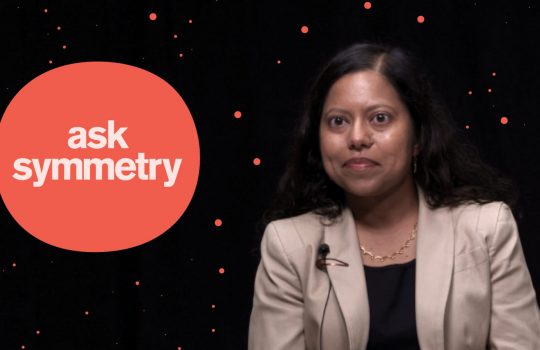How dark matter became a particle
From CERN Courier, April 13, 2017: It took decades for dark matter to enter the lexicon of particle physics. Today, explaining the nature and abundance of dark matter is one of the most pressing problems in the field. Fermilab and University of Chicago’s Dan Hooper and University of Amsterdam’s Gianfranco Bertone review the 80-year history.




